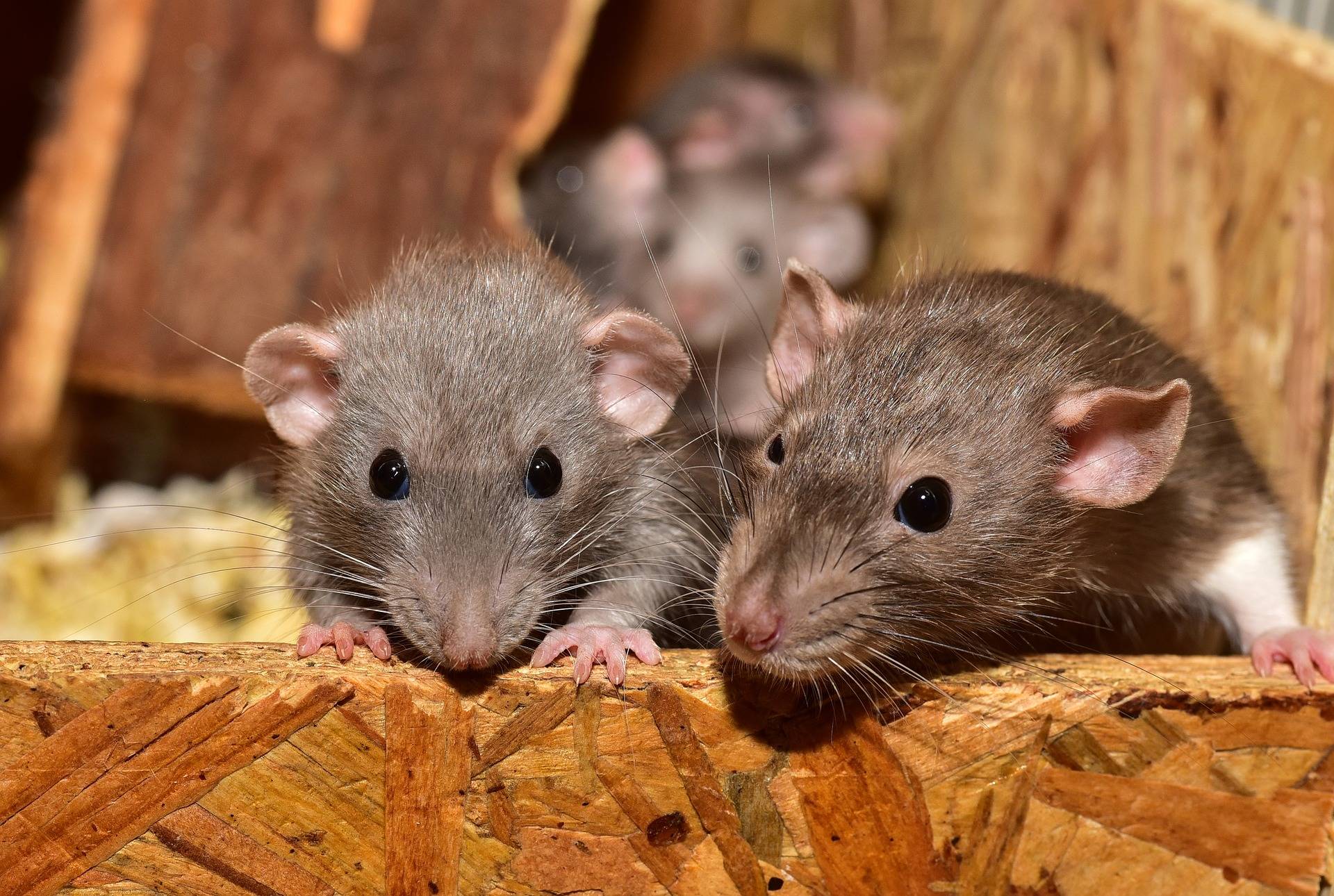With Washington’s legal marijuana sales seeing a boost during the pandemic, a legislative committee that oversees the industry is studying whether to increase the amount of information on product labels and keeping track of the growing number of studies that taxes from those sales support.
At a recent “work session” to study issues while the Legislature is adjourned, the House Commerce and Gaming Committee gathered information on whether to provide greater descriptions for consumers of the main chemical compounds.
Two main compounds, THC and CBD, along with the precursors that exist in cannabis plants before they are heated, are measured. THC provides the psychoactive euphoria associated with marijuana, while CBD can relieve anxiety and pain, along with aiding sleep.
But it’s not just the percentages found in samples of marijuana products that are sent to the labs for testing, said Justin Nordhorn, chief of enforcement for the Washington Liquor and Cannabis Board. How a product is consumed can provide a different result.
The committee also is looking at current limits on potency for certain products. Washington limits the amount of THC in a single serving of any edible product to 10 milligrams, with no more than 10 such servings per package. Next year the Legislature could consider limiting the percentage of THC in cannabis concentrates to 10%, although a bill on that subject failed to make it out of committee in this year’s session.
Part of the taxes collected on legal marijuana sales are set aside for research, and Washington State University has a range of studies that include health research, crime, economics and agriculture, the committee was told.
To study the effects of marijuana on pregnancy and adolescence, WSU researchers have developed an innovative way to use rats, said Ryan McLaughlin, of the Department of Integrative Physiology and Neuroscience. Researchers have traditionally injected chemical compounds from cannabis into rats, but that doesn’t really correspond with human use because people don’t typically inject marijuana.
WSU uses a system in which a rat is placed in a small chamber with the ability to push its nose through an opening that will trigger the release of vapor that includes cannabis extract into the chamber. The system tests adolescent rats to see if they develop a preference for extracts heavy with THC rather than CBD, and how the use affects changes in the brain when they are grown, McLaughlin said.
It also is being used to measure the effects of marijuana on pregnant rats and their offspring.
Celestina Barbosa-Leiker, vice chancellor for research at WSU Health Sciences Spokane, said marijuana use by pregnant women doubled between 2002 and 2017, and one survey showed 70% of women believed there was little or no risk to using it one or two times a week during pregnancy. Previous studies have indicated that it can be associated with low birth weight, decreased IQ scores, attention disorders and decreased academic ability, although it’s difficult to “disentangle cause and effect,” she said.
Because THC levels have increased in recent decades, the research needs to be updated for newer levels and newer products, Barbosa-Leiker said.
National guidelines say no woman should use marijuana during or right after pregnancy because studies show THC can cross the placenta and be transferred during breast-feeding, she said.
But interviews with a group of pregnant women who said they regularly smoke marijuana told researchers they used it for morning sickness, pain management and as a sleep aid, and considered it safer than opioids or ibuprofen. They were getting mixed messages from health care providers, Barbosa-Leiker said, and were doing their own research.
“They’re relying on budtenders for their scientific and medical information,” she said, referring to employees at licensed marijuana stores.
In discussions with some of those employees, researchers were told budtenders didn’t believe they should get in the way of what they considered a customer’s personal decision. They tended to recommend products low in THC and high in CBD to help with the problems customers were describing.
But they also said they had no training about marijuana and pregnancy or breastfeeding and wanted more information.

